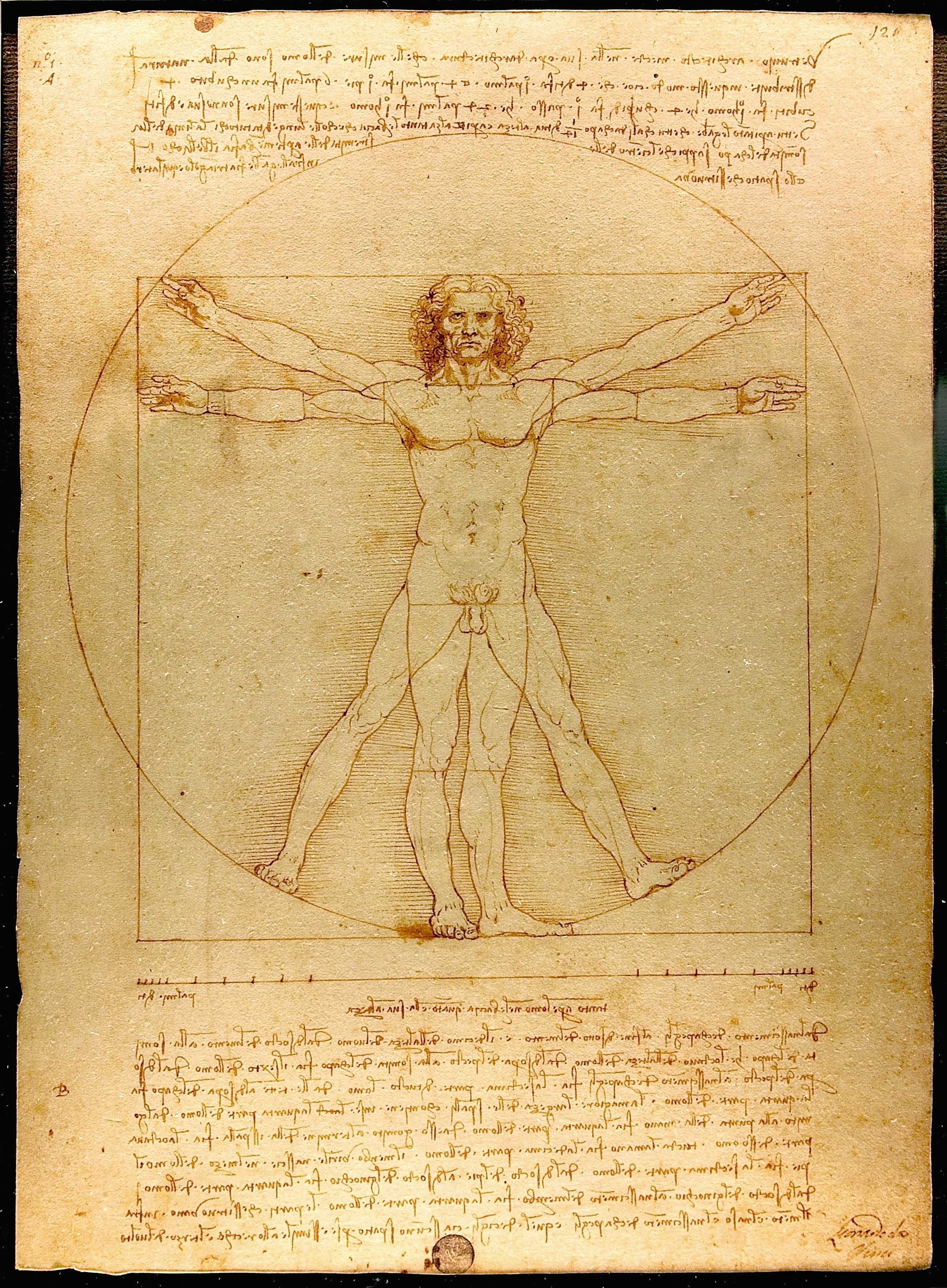As a collaboration between Information Sciences and the History of Art and Architecture, “Sustaining MedArt” is a project conceived to be interdisciplinary—a term which many in my home department of English are happy to invoke when convenient, but one that few want to deal with practically when it means crossing venturing outside the humanities. This is, at least, how I feel as someone working on video games, a cultural artefact caught between quite a few disciplines at the moment, including sociology, computer science, literature, film studies, communication, media studies and so on. And, while I am happy to tout my own scholarship as interdisciplinary, it is perhaps more accurate to admit that it is mostly only my primary object of study that has a clear interdisciplinary appeal. Coming from humanities background, I largely treat video games as meaningful “texts,” reading them primarily from the inside out, following a hermeneutic tradition found in literary, art, and film scholarship. While I can appreciate and respect more scientifically oriented scholarly approaches—which I am also happy to incorporate anecdotally into my own work and pedagogy when applicable—I am also aware that, as a humanist, I conceive of scholarship’s purpose quite differently.
I can imagine that my resistance appears narrow-minded to those conceiving of interdisciplinarity as a benevolent practice for opening lines of communication between scholarly discourses seemingly haphazardly sealed off from one another. (It is true that these disciplinary lines felt particularly inane on those occasions when I believe have stumbled onto some novel idea, only to discover that I have merely been rehearsing a tired conversation occurring in the department down the hall.) At the same time though, there are a number institutional and intellectual reasons for being suspicious of interdisciplinarity when it connotes crossing lines between the humanities and the sciences (social or hard). For starters, humanists are already on guard against what seems to be the increasing corporatization of the university—a system we fear is overly concerned with measurable “outcomes” and determines success through quantitative and data-based correlations. The humanist’s understanding is that much of what we provide students cannot and should not be calculated. Merely consenting to these statistical schemas is often antithetical to our ideological skepticism of assessing value in terms of capital productivity.
This belief is perhaps a function of a broader skepticism of applying scientific empiricism to the abstract categories of human culture, knowledge, and progress. Even as we humanists might maintain methodological rigor in our formal analyses, we do not present that methodology as “scientific.” We resolve to subsist in an era after post-structuralism, post-modernism and historiography (among other meta-critiques of critiques of critiques) have wreaked havoc on teleological searches for “the truth,” and so the conclusions we reach in our scholarship are self-consciously rhetorical and may even contain traces the creative abstraction of those primary sources we ostensibly interpret. As I see it, our general goal is to engender an unceasing conversation about what it means to be human by continuously revealing new ways of seeing things. We question any ideological structure that allows us to take any part of our experience for granted as a given. (The central paradox at the heart of this humanist scholarship may be in the essential creed that all truth claims can be undermined.)
So what happens, when avowed humanist like me joins an interdisciplinary project faced with the very practical responsibility of determining a “Socio-Technical Digital Preservation Roadmap” for actual cultural artefacts? Can I allow my research and analysis to actually suggest an entirely practical solution to a very concrete set of concerns about archiving material in the digital age? To be perfectly honest, I don’t know yet, but I am eager to find out. To be fair, maybe this isn’t as big deal as I seem to be making it—it might merely be another instance of the tension between theory and practice that a humanist faces every day when we have to do things like teach, write, and administrate. However lofty our scholarship may be, our very participation in a functioning world is premised on the fact that we can act as if we are oriented towards something aligned with a notion of progress.
Anyway, as an opening post, I hope I expressed some of my initial thoughts about my participation in this project. In my next post, I’ll provide more of a specific look into the various ways we can define the MedArt website as the central object of our concern, and the ramifications stemming from those respective definitions.

